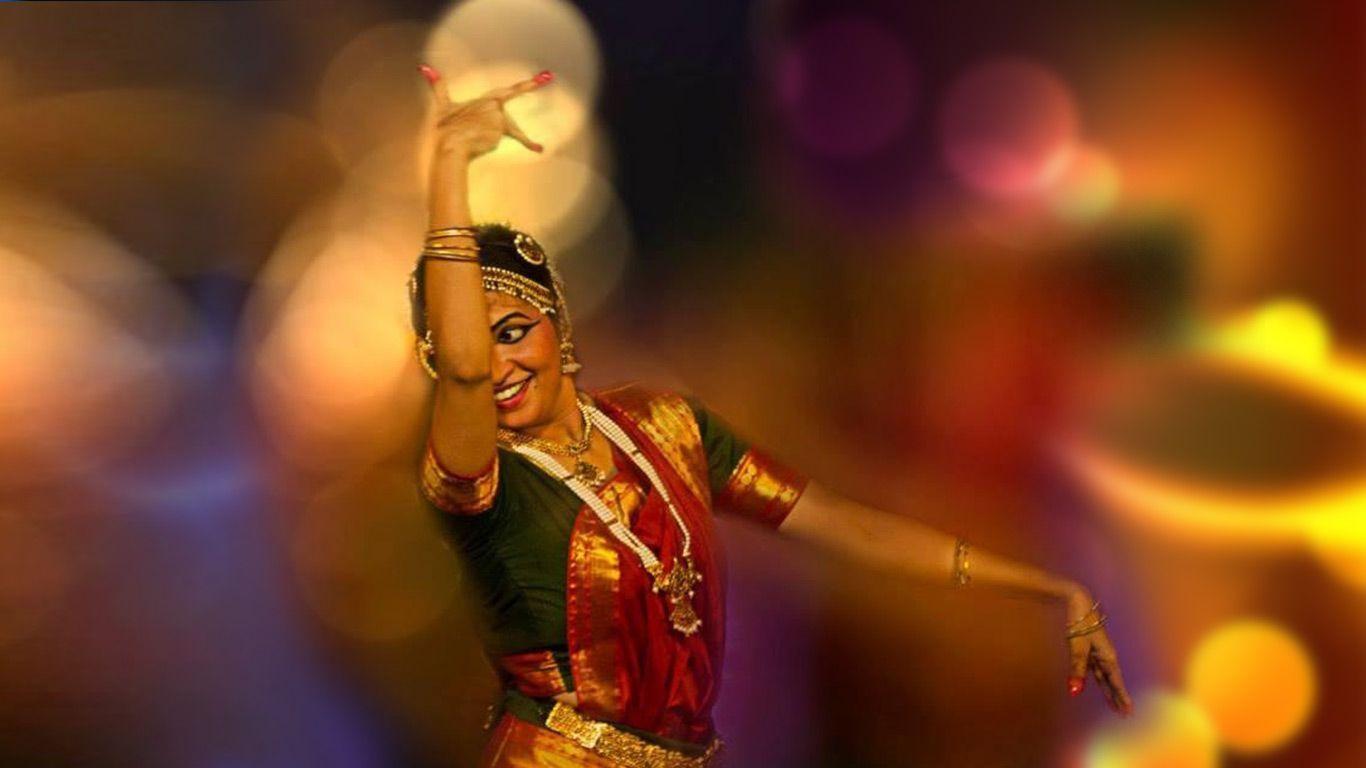

People who occupy positions of power have often used the guru-shishya parampara as a weapon to intimidate and silence disciples when it comes to issues such as molestation and abuse, which in turn has led to the grooming of artistes with a dearth of personality, curiosity and individuality. The power imbalance that stems from this relationship is not just limited to the guru (teacher) and the shishya (student) it also applies to the relationships between artistes - both established and emerging - and the organisers who are all inter-related, given the smallness of the ecosystem that the Indian classical arts operate in. The deafening silence of artistes in this matter has been a cause for concern and has led to multiple questions being raised about the age-old tradition of the guru-shishya parampara. The obvious takeaway from the discussion surrounding #MeToo in the Indian classical music and dance community has been the lack of awareness people have about the subject, the lack of initiatives being taken by organisations and artistes to raise their voices, and the clear existence of a power imbalance that has led to a community of enablers.


 0 kommentar(er)
0 kommentar(er)
